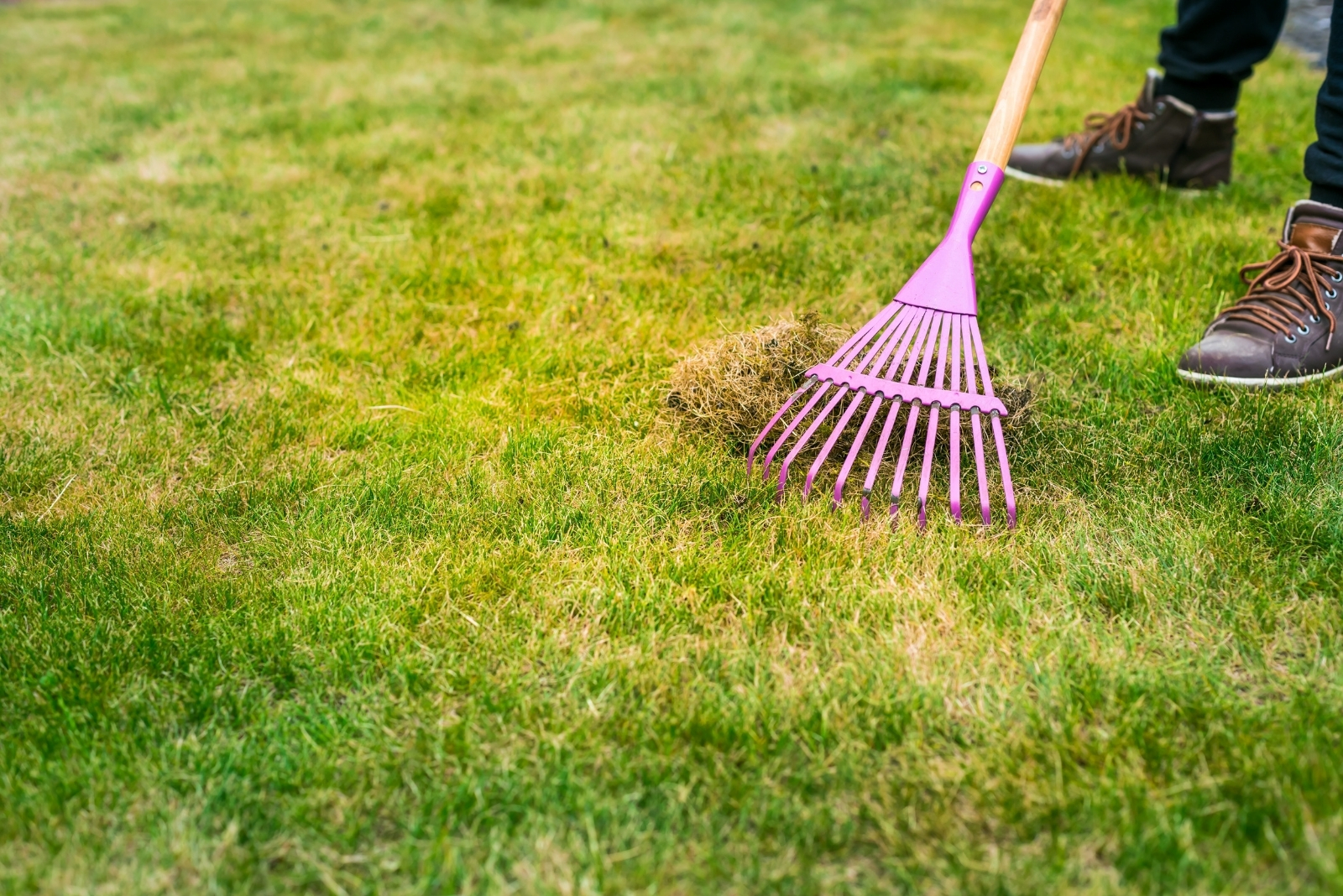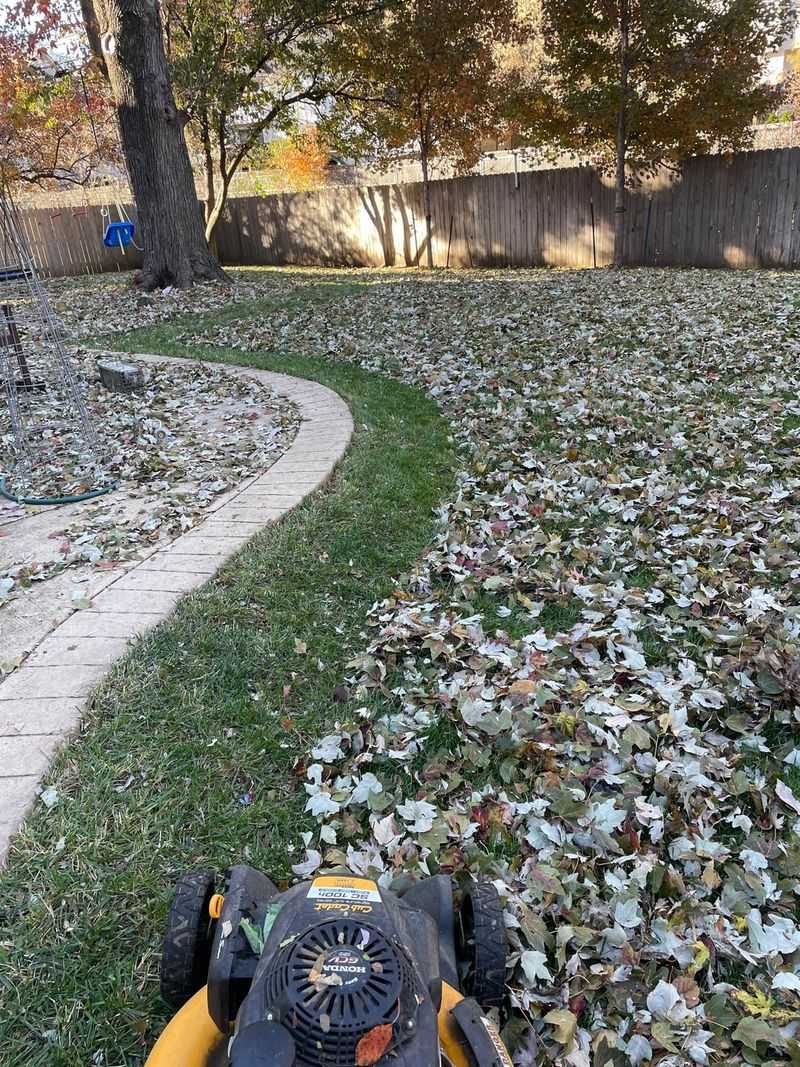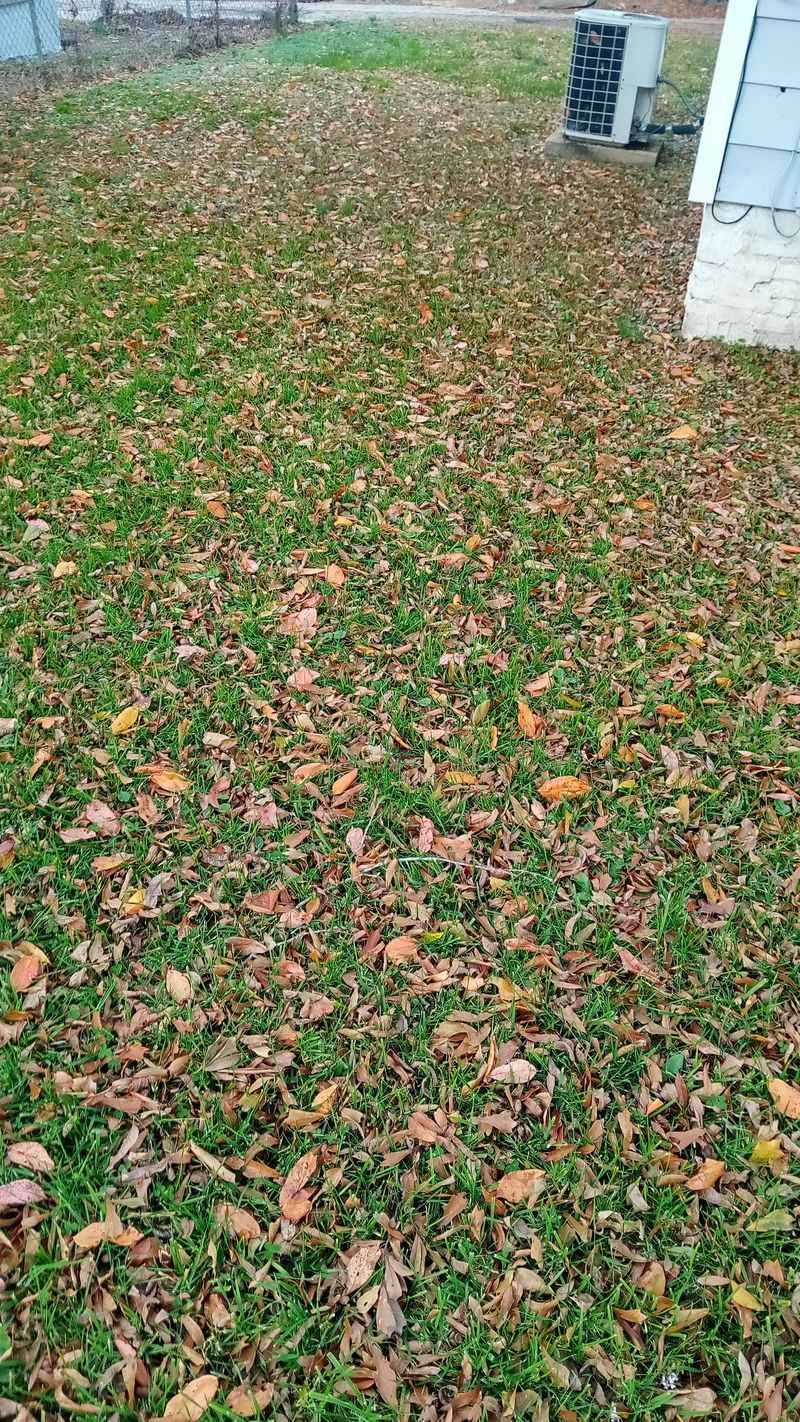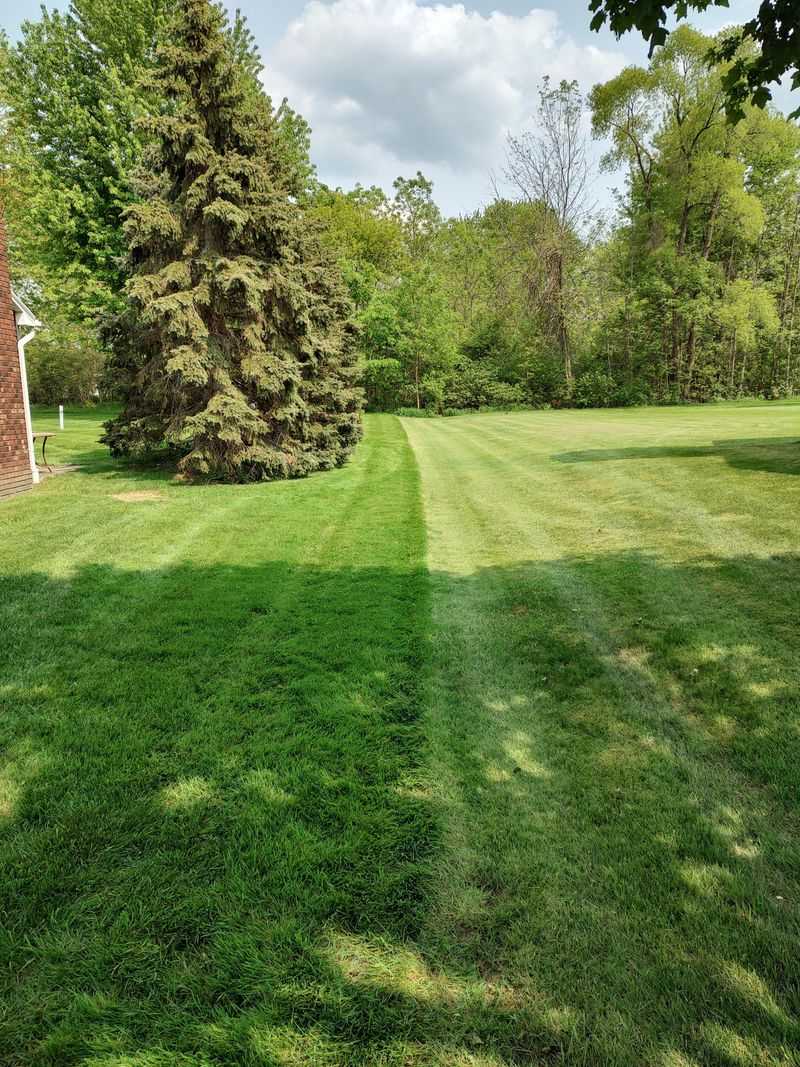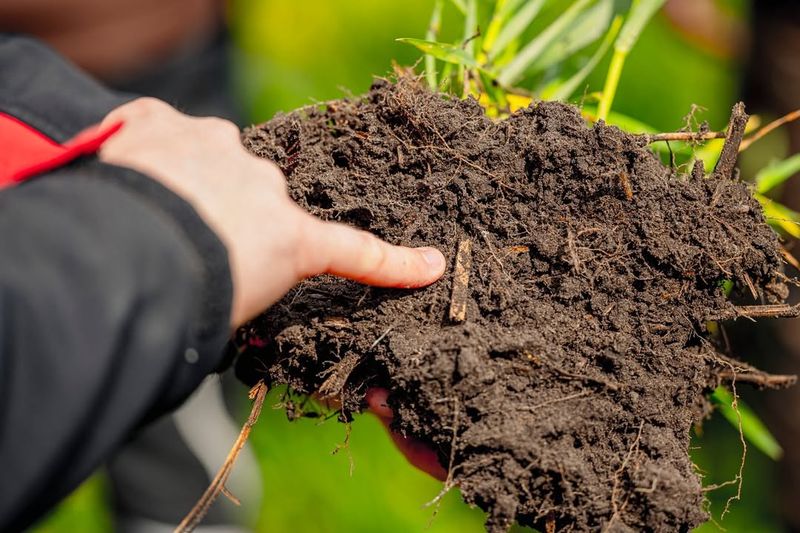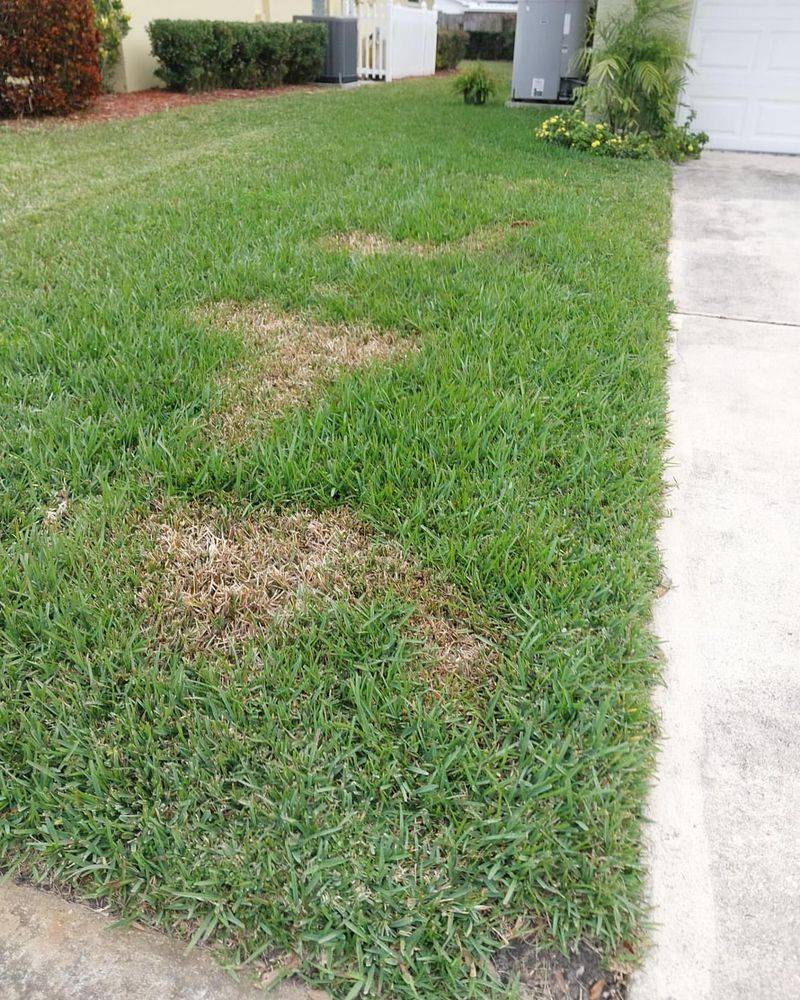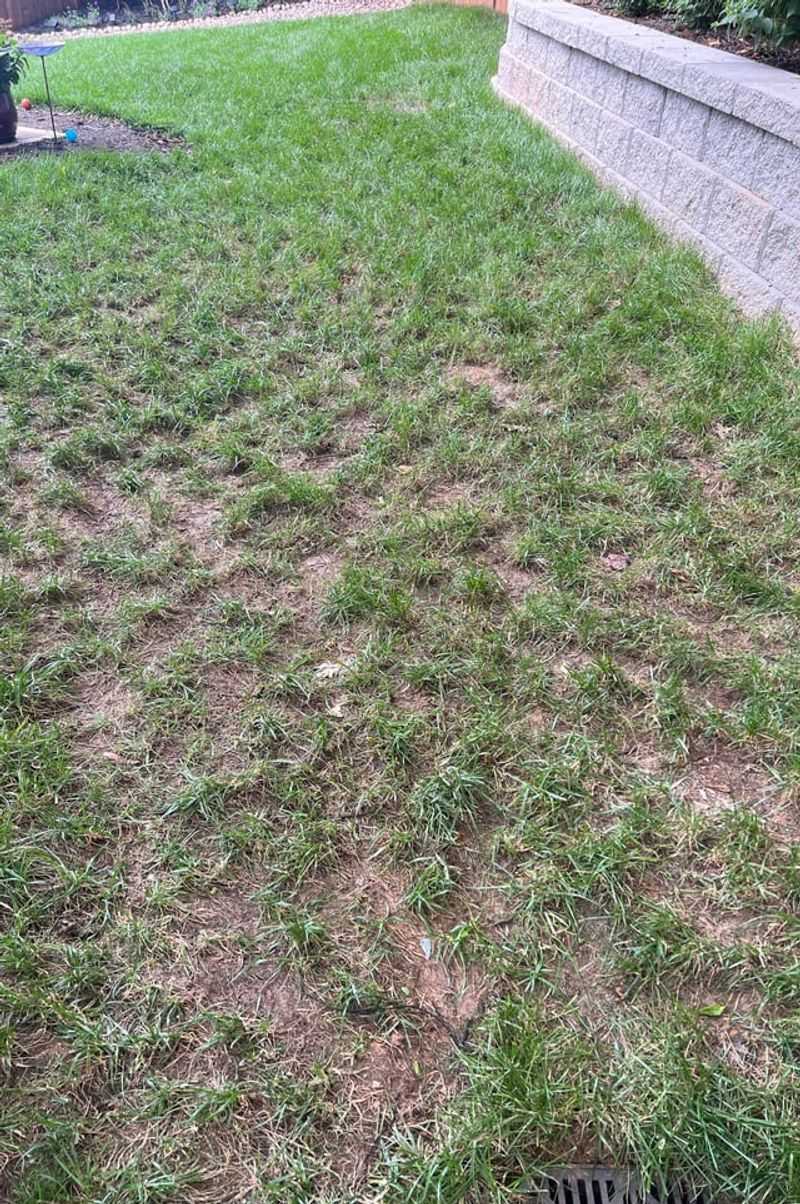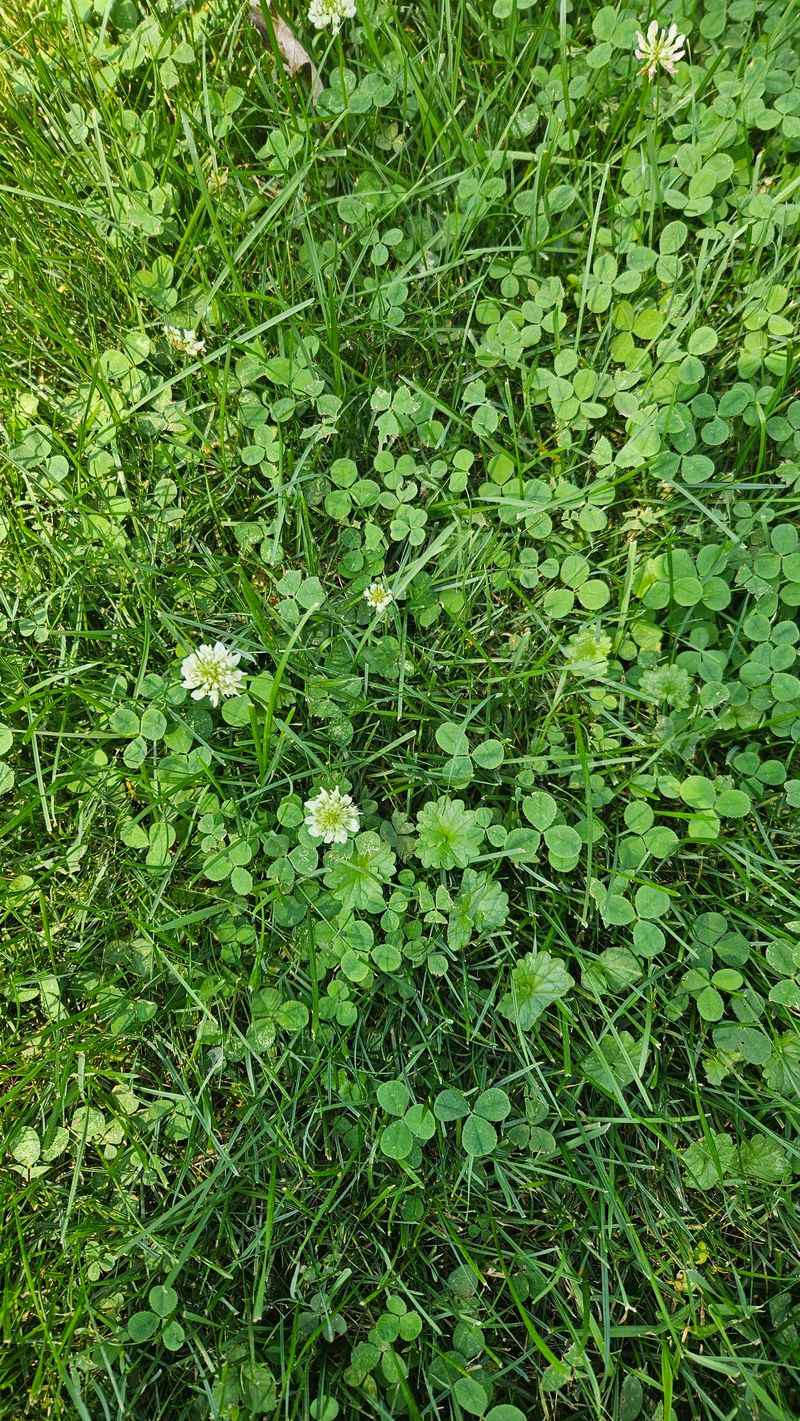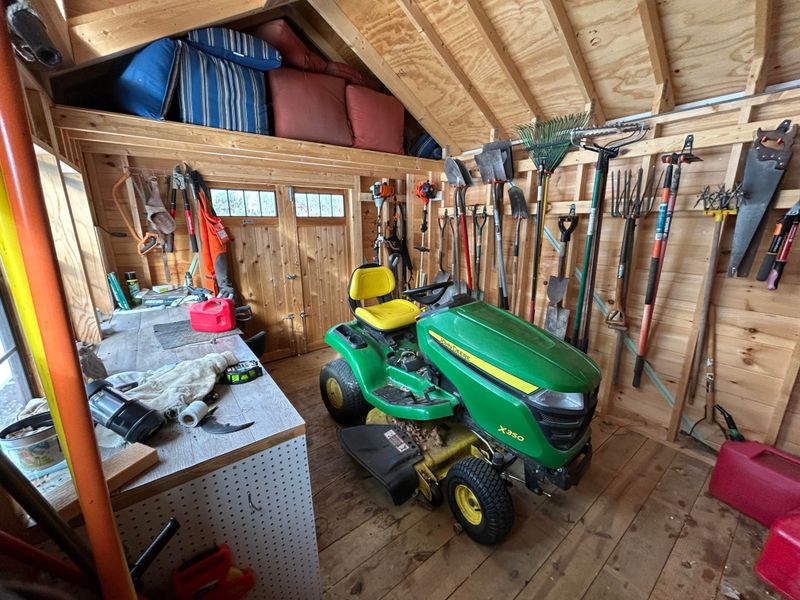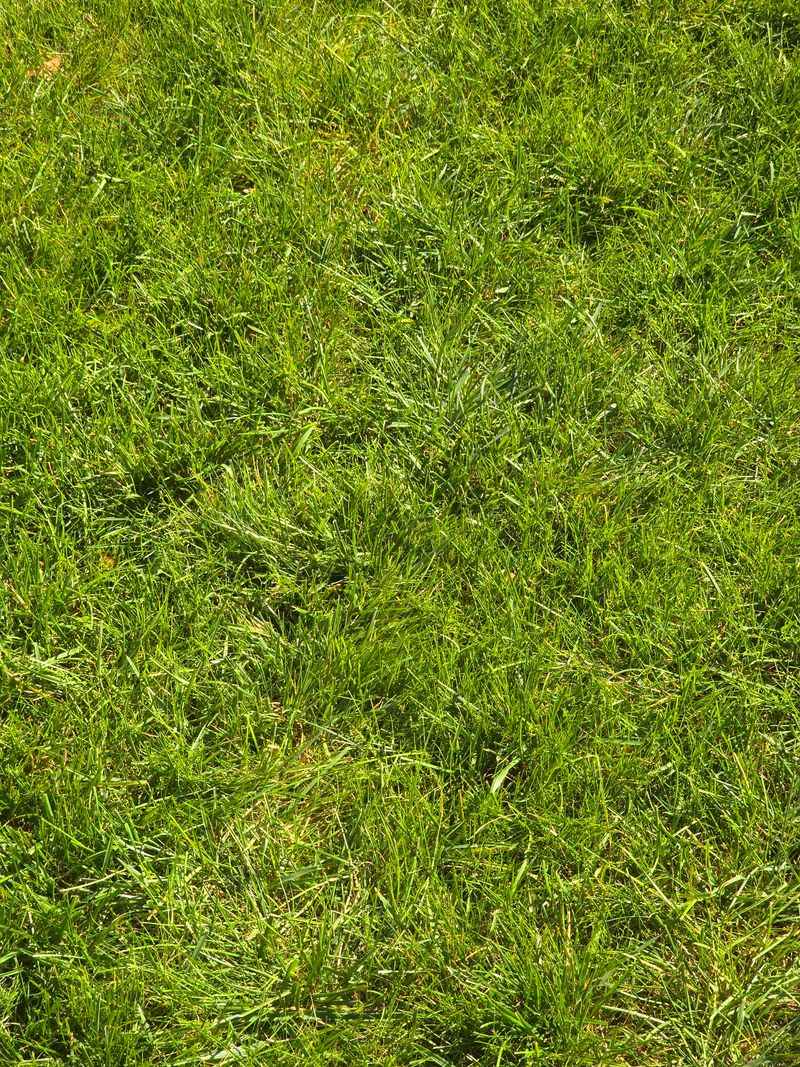Fall in Arkansas can be the perfect time for lawns to thrive, but small missteps can cause lasting damage. Overwatering, cutting too short, or skipping seasonal care can all make grass struggle.
These mistakes are easy to make, but they’re also easy to fix. Here’s what Arkansas homeowners should watch out for this season.
1. Skipping Fall Fertilization
Many Arkansas homeowners put their fertilizer away after summer, missing a crucial feeding opportunity. Fall fertilization helps roots develop strength before winter dormancy.
The Natural State’s cool-season grasses actually build reserves during autumn, making this the perfect time to provide nutrients that sustain them through winter months.
2. Letting Leaves Pile Up
Those colorful autumn leaves aren’t just a photography backdrop—they’re potential lawn killers! When left unraked in Arkansas yards, thick leaf layers block sunlight and trap moisture.
Instead of ignoring them, mulch fallen leaves with your mower or collect them for compost. Your grass needs to breathe even as temperatures across the Natural State begin to drop.
3. Improper Mowing Height
Scalping your lawn before winter is tempting but damaging to Arkansas grass varieties. Cutting too short removes the grass’s energy storage system right when it needs reserves most.
Many folks across the Natural State mistakenly think shorter grass means less maintenance, but maintaining proper height (about 2.5-3 inches) protects roots from frost and helps prevent weed invasion.
4. Ignoring Soil Testing
Arkansas soils vary dramatically from the Ozarks to the Delta, yet many homeowners apply amendments blindly. Without testing, you might waste money on unnecessary products or miss critical deficiencies.
Fall is perfect for soil testing through the Natural State’s extension services. Knowing your soil’s pH and nutrient levels allows for targeted corrections while the ground remains workable.
5. Overwatering In Autumn
Arkansas typically receives adequate rainfall during fall months, yet many homeowners continue summer watering schedules. Excess moisture creates perfect conditions for fungal diseases that thrive in cooling temperatures.
Adjust irrigation based on actual rainfall across the Natural State. Most established lawns need only about an inch of water weekly, including precipitation, as they prepare for dormancy.
6. Neglecting Aeration
Arkansas clay soils easily become compacted after summer’s heavy use, blocking water and nutrients from reaching grass roots. Fall aeration creates pathways for these essentials to penetrate deeply.
Throughout the Natural State, this simple step prevents runoff and strengthens root systems. Renting an aerator for a single afternoon can dramatically improve your lawn’s health through winter.
7. Forgetting Weed Control
Fall weeds in Arkansas might seem less aggressive than summer varieties, but they’re quietly establishing winter strongholds. Many perennial weeds transfer energy to roots during this season.
The Natural State’s mild autumns give homeowners a perfect opportunity to apply pre-emergent herbicides. Tackling weeds now means fewer battles in spring when everything—including unwanted plants—bursts into growth.
8. Improper Equipment Storage
Lawn equipment left outside suffers in Arkansas’s fluctuating fall humidity and temperatures. Mowers abandoned with old fuel develop carburetor problems, while metal tools rust quickly in autumn dampness.
Natural State weather patterns can be unpredictable, making proper storage essential. Clean, sharpen, and store tools with empty fuel tanks or stabilizer to ensure they’re ready when spring arrives.
9. Skipping Overseeding
Thinning Arkansas lawns benefit tremendously from fall overseeding, yet many homeowners miss this crucial window. Cool-season grass seed germinates beautifully in autumn’s moderate temperatures.
Throughout the Natural State, September and October provide ideal conditions for establishing new grass before winter. Fresh seed fills bare patches that would otherwise become weed magnets during the dormant season.

